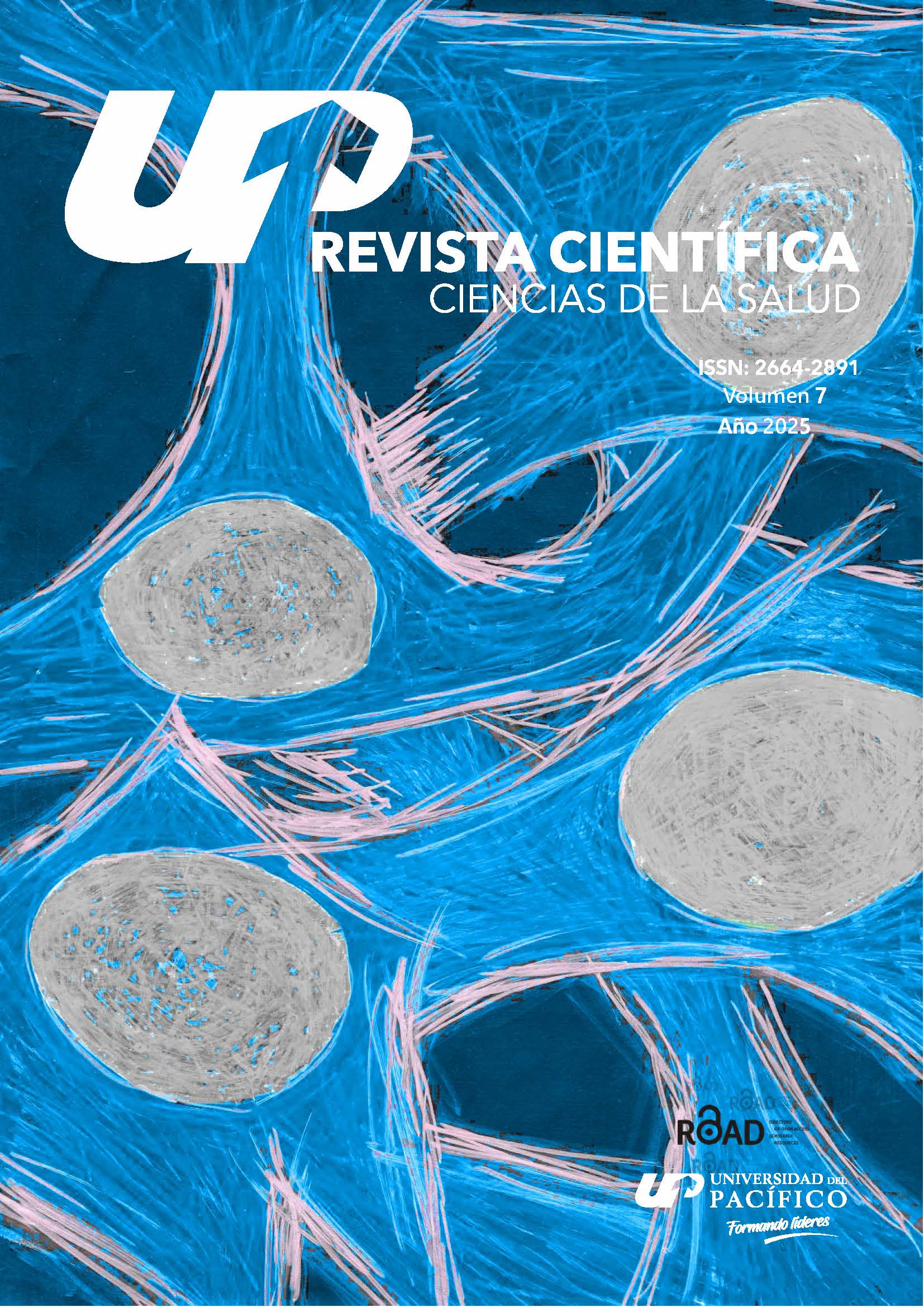Standard patients: key to clinical learning in medicine
DOI:
https://doi.org/10.53732/rccsalud/2025.e7301Keywords:
patient, simulation, learningAbstract
This review article synthesizes the literature on the use of standardized patients (SPs) in medical education. The goal is to synthesize the existing evidence on the impact of SPs on clinical learning, identify best practices in their use, and explore their validity as assessment tools in medical education. SPs are individuals trained to accurately and consistently simulate real patients, providing a controlled environment for learning and assessing clinical skills. Their applications are diverse, ranging from training medical students to evaluating standards of care in clinical practice and research in health informatics. The use of SPs presents significant advantages in terms of standardization, temporal flexibility, safety, and efficiency, allowing for the practice of complex skills and the objective evaluation of performance. However, their implementation involves challenges, such as the costs and time required for high-quality recruitment and training, as well as limitations in simulating all aspects of real patient experience. In conclusion, standardized patients are a valuable and complementary tool in medical education, facilitating the acquisition of clinical competencies and performance evaluation, without intending to replace interaction with real patients.
References
George RE, Wells H, Cushing A. Experiences of simulated patients in providing feedback in communication skills teaching for undergraduate medical students. BMC Med Educ. 2022;22(339):1-11. https://doi.org/10.1186/s12909-022-03415-6
Palacios S. Uso de pacientes estandarizados en educación médica. Rev. Educ. Cienc. Salud. 2007;4(2):102-5. https://recs.udec.cl/ediciones/vol4-nro2-2007/art4207b.pdf
Barrows HS. Simulated patients in medical teaching. Can Med Assoc J. 1968;98(14):674-6. https://pmc.ncbi.nlm.nih.gov/articles/PMC1924019/
Barrows H, Abrahamson S. The programmed patient: A technique for appraising student performance in clinical neurology. J Med Educ. 1964;39(8):802-5. https://journals.lww.com/academicmedicine/Citation/1964/08000/THE_PROGRAMMED_PATIENT__A_TECHNIQUE_FOR_APPRAISING.15.aspx
Lewis KL, Bohnert CA, Gammon WL, Hölzer H, Lyman L, Cathy Smith C, et al. The Association of Standardized Patient Educators (ASPE) Standards of Best Practice (SOBP). Adv Simul (Lond). 2017; 2:10. https://doi.org/10.1186/s41077-017-0043-4
Pritchard SA, Denning T, Keating JL, Blackstock FC, Nestel D. "It's not an acting job... don't underestimate what a simulated patient does": A qualitative study exploring the perspectives of simulated patients in health professions education. Simul Healthc. 2020;15(1):21-9. https://doi.org/10.1097/SIH.0000000000000400
Ramey J, Mane Manohar MP, Shah A, Keynan A, Bayapalli S, Ahmed TFA, et al. Implementation of standardized patient program using local resources at Avalon School of Medicine. J Adv Med Educ Prof. 2018;6(3):137-41. https://pmc.ncbi.nlm.nih.gov/articles/PMC6039824/
Bokken L, Rethans JJ, Jöbsis Q, Duvivier R, Scherpbier A, van der Vleuten C. Instructiveness of real patients and simulated patients in undergraduate medical education: A randomized experiment. Acad Med. 2010;85(1):148-54. https://doi.org/10.1097/ACM.0b013e3181c48130
McGraw RC, O'Connor HM. Standardized patients in the early acquisition of clinical skills. Med Educ. 1999; 33:572-8. https://doi.org/10.1046/j.1365-2923.1999.00381.x
Villca S. Simulación clínica y seguridad de los pacientes en la educación médica. Rev Cienc Tecnol Innov. 2018;16(18):75-88. http://www.scielo.org.bo/scielo.php?pid=S2225-87872018000200007&script=sci_abstract
Cleland JA, Abe K, Rethans JJ. The Use of Simulated Patients in Medical Education: AMEE Guide No. 42. Med Teach. 2009;31(6):477-86. https://doi.org/10.1080/01421590903002821
Stillman PL. Technical issues: logistics. Acad Med. 1993;68(6):464-8. https://journals.lww.com/academicmedicine/abstract/1993/06000/technical_issues__logistics__aamc.4.aspx
Jin HR, Choi YJ. Three-dimensional needs of standardized patients in nursing simulations and collaboration strategies: A qualitative analysis. Nurse Educ Today. 2018; 68:177-81. https://doi.org/10.1016/j.nedt.2018.06.015
Kolcu G, Başer Kolcu Mİ. Evaluation of Süleyman Demirel University Faculty of Medicine Simulated Patient Applications within the Scope of "The ASPiH Standards 2023". Med J Süleyman Demirel Univ. 2025;32. https://dergipark.org.tr/en/download/article-file/4029072
Sutnick AI, Friedman M, Stillman PL, Norcini JJ, Wilson MP. International use of standardized patients. Teach Learn Med. 1994;6(1):33-5. https://doi.org/10.1080/10401339409539640
Downloads
Published
How to Cite
Issue
Section
License
Copyright (c) 2025 Revista científica ciencias de la salud

This work is licensed under a Creative Commons Attribution 4.0 International License.


.png)














 All the contents of this journal are licensed under a
All the contents of this journal are licensed under a 